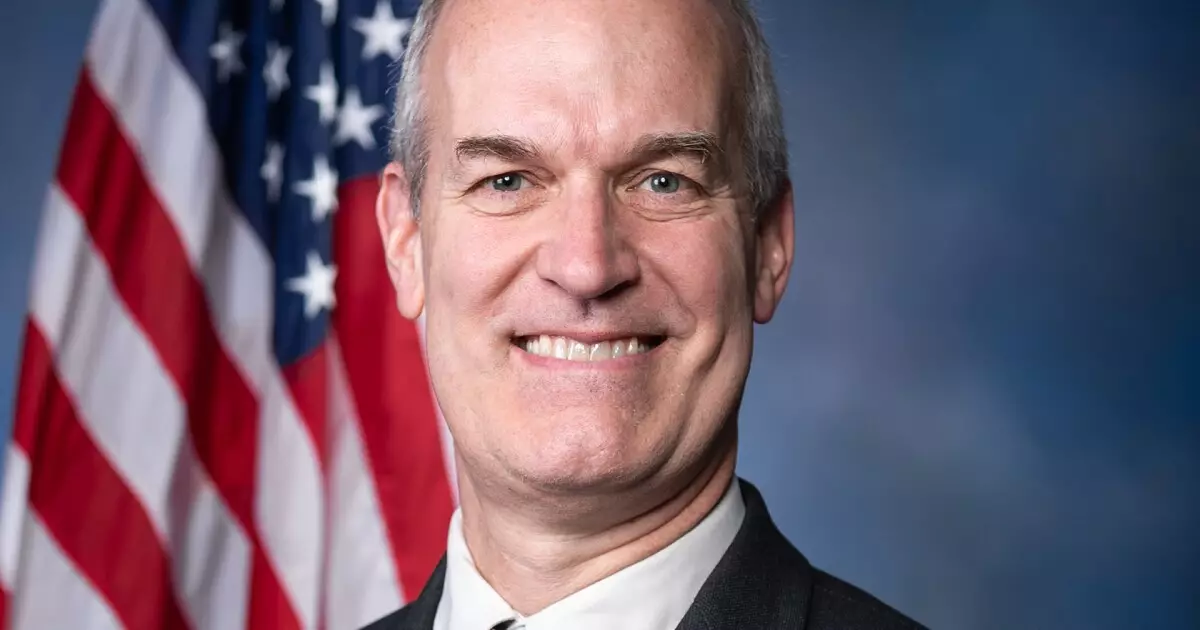The beginning of any presidency heralds a time of change, but the impact of President Trump’s Executive Orders, particularly those affecting transportation funding, could have long-lasting implications. Among the measures instituted was an order that aimed at halting federal grants directed toward local transportation projects. The reaction to this executive action was immediate, with House Democrats expressing outrage and state transportation officials voicing their fears over potential job losses and stalled infrastructure initiatives. This analysis examines the consequences of such directives and the pressing need for clear communication and strategic oversight in infrastructure funding.
Rick Larsen, the Democratic Ranking Member of the House Transportation and Infrastructure Committee, did not mince words when he critiqued the administration’s move. He stated that it was “unfathomable” for the President to sign an executive order that jeopardized millions of dollars and numerous jobs within every congressional district at the onset of his presidency. This response encapsulates a deeper concern — namely that transportation projects usually enjoy bipartisan support, and the disruption could provoke retaliation among legislators regardless of party lines. Larsen’s insistence that committee members engage with their districts underscores the urgency of addressing potential repercussions tied to disrupted funding streams.
Another significant area of contention revolves around the efficacy of formula funding as opposed to discretionary grants established by the Bipartisan Infrastructure Law (BIL), also known as the Infrastructure Investment and Jobs Act (IIJA). The act not only reauthorized existing transportation programs but also introduced new initiatives aimed at modernizing infrastructure, focusing on sustainable practices and enhancing transportation equity. Subcommittee Chairman David Rouzer emphasized the integral need for scrutinizing infrastructure spending, particularly in light of the soaring national debt.
As the Highway Trust Fund moves closer to insolvency — a situation exacerbated by stagnant fuel tax rates since the Clinton era — discussions around funding models are more pertinent than ever. The statistics presented by Jim Tymon, executive director of the American Association of State Highway and Transportation Officials, indicate a significant disparity in spending rates between formula funds and discretionary grants. This raises critical questions about the best strategies for ensuring effective allocation and utilization of federal resources.
Significant confusion emerged within the transportation industry following the executive order, reflecting the lack of clarity in its implications. While emergency communication efforts helped clarify that the order would not halt all federal fund reimbursements, a lingering sense of uncertainty remained. This confusion not only incites panic within the industry but also distracts officials from focusing on long-term planning. Clear communication is essential, especially during periods of transition, to maintain the integrity of ongoing and future projects.
As politics increasingly intertwines with infrastructure initiatives, the need for a coherent and transparent approach to transportation funding is critical. Executive decisions should account for the wide-ranging impacts they carry, affecting local economies and workforces. Bipartisan cooperation and a commitment to resolving funding disparities must guide future discussions. As Matthew Colvin from the Transportation Trades Department at AFL-CIO pointed out, many lawmakers were initially skeptical of the IIJA, underscoring the need for continued dialogues that connect diverse stakeholders in pursuit of infrastructure integrity.
Navigating the intricacies of federal funding for transportation demands not only strategic foresight but also adept leadership capable of uniting disparate factions. The stakes are high — how the current administration manages these complexities will determine the future of the nation’s infrastructure landscape and the economic vitality of local communities reliant on these essential developments.


Leave a Reply